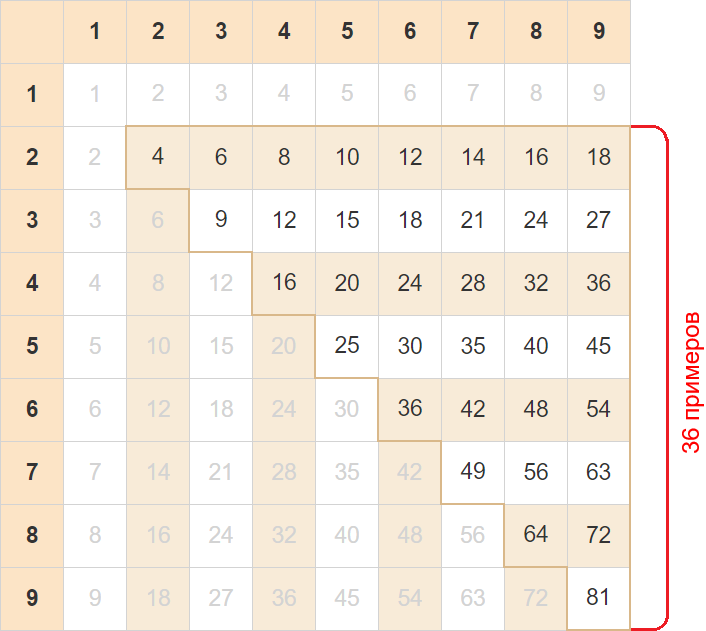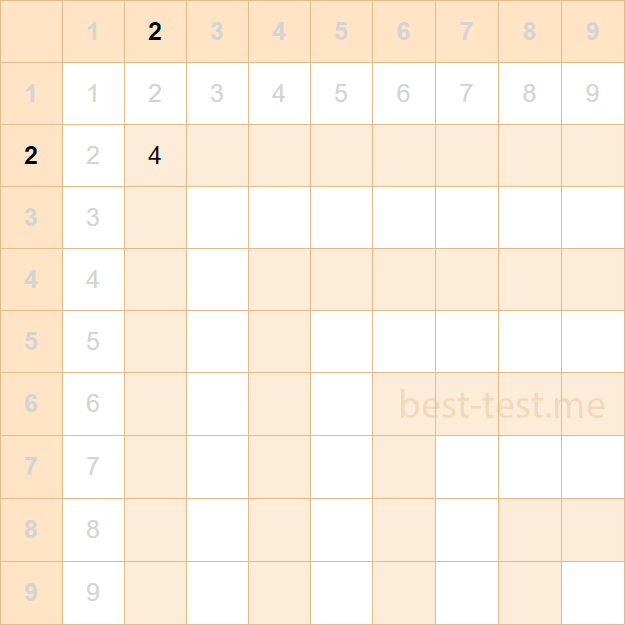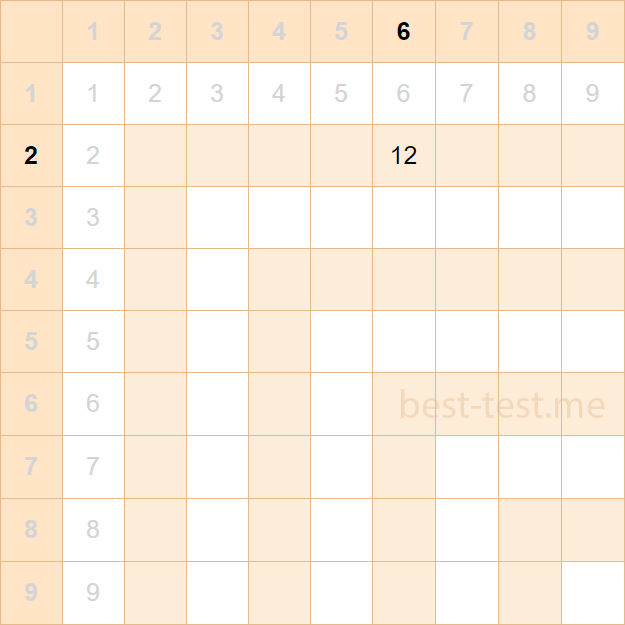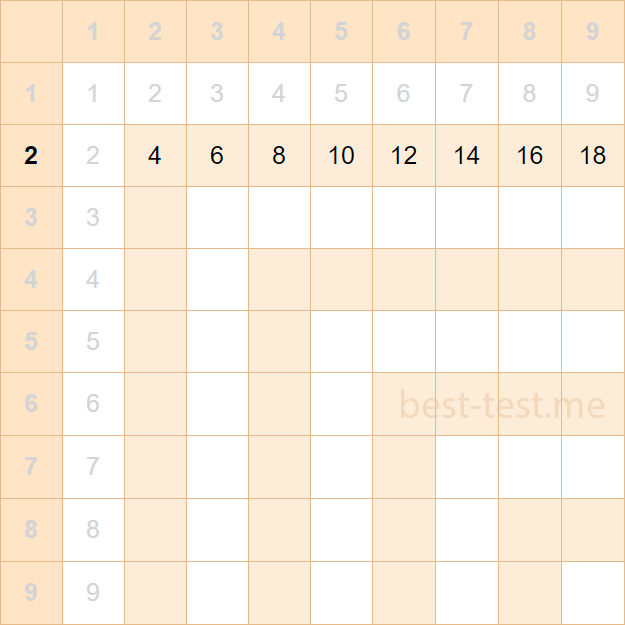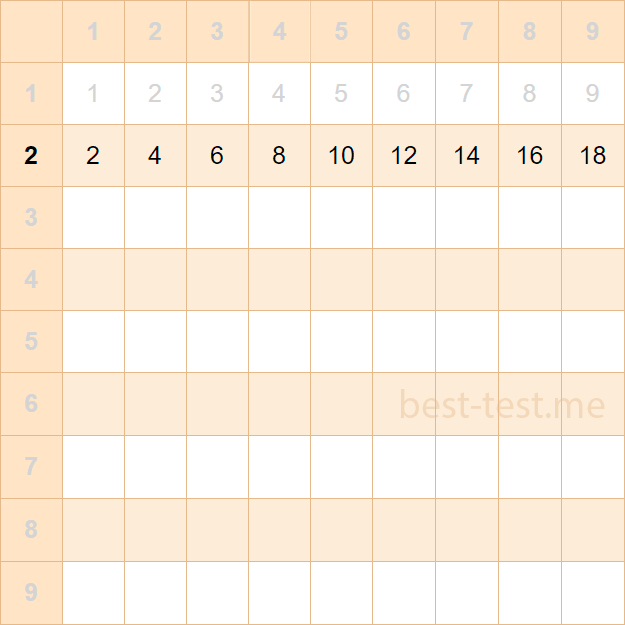How to Easily Teach Your Child the Multiplication Table
Memorizing hundreds of correct answers is the most labor-intensive way to learn the multiplication results of numbers up to 10.
The process can be expedited by showing your child how to reduce these 100 combinations to 36 using some simple rules.
Pythagoras Table
The simplest rule imaginable. The number remains unchanged when multiplied by one. It's easy to explain and easy to remember.
5 x 1 = 5
Multiplication by 10Another very straightforward rule. When multiplied by 10, simply add a zero to the end of the number. That's it.
5 x 10 = 50
Main Multiplication Table RuleThe product does not change when the factors' order is reversed.
5 x 2 = 2 x 5 = 10
Knowing these rules significantly simplifies a child's perception. It means that they only need to memorize 36 examples, not the entire table.
How to Learn the Multiplication Table
5 × 3 = 5 + 5 + 5 = 15
Explain to your child how to use the Pythagoras table.
Our interactive multiplication table will help you with this.
The result of multiplying two numbers can be found at the intersection of the corresponding rows and columns.
|
X1 x X2 = R
|
|||||||||
| 1 | 2 | 3 | 4 | 5 | 6 | 7 | 8 | 9 | |
|---|---|---|---|---|---|---|---|---|---|
| 1 | 1 | 2 | 3 | 4 | 5 | 6 | 7 | 8 | 9 |
| 2 | 2 | 4 | 6 | 8 | 10 | 12 | 14 | 16 | 18 |
| 3 | 3 | 6 | 9 | 12 | 15 | 18 | 21 | 24 | 27 |
| 4 | 4 | 8 | 12 | 16 | 20 | 24 | 28 | 32 | 36 |
| 5 | 5 | 10 | 15 | 20 | 25 | 30 | 35 | 40 | 45 |
| 6 | 6 | 12 | 18 | 24 | 30 | 36 | 42 | 48 | 54 |
| 7 | 7 | 14 | 21 | 28 | 35 | 42 | 49 | 56 | 63 |
| 8 | 8 | 16 | 24 | 32 | 40 | 48 | 56 | 64 | 72 |
| 9 | 9 | 18 | 27 | 36 | 45 | 54 | 63 | 72 | 81 |
Next, have your child fill in an empty multiplication table.
To quickly learn the basic part of the multiplication table from 36 examples, use a table with corner coloring.
